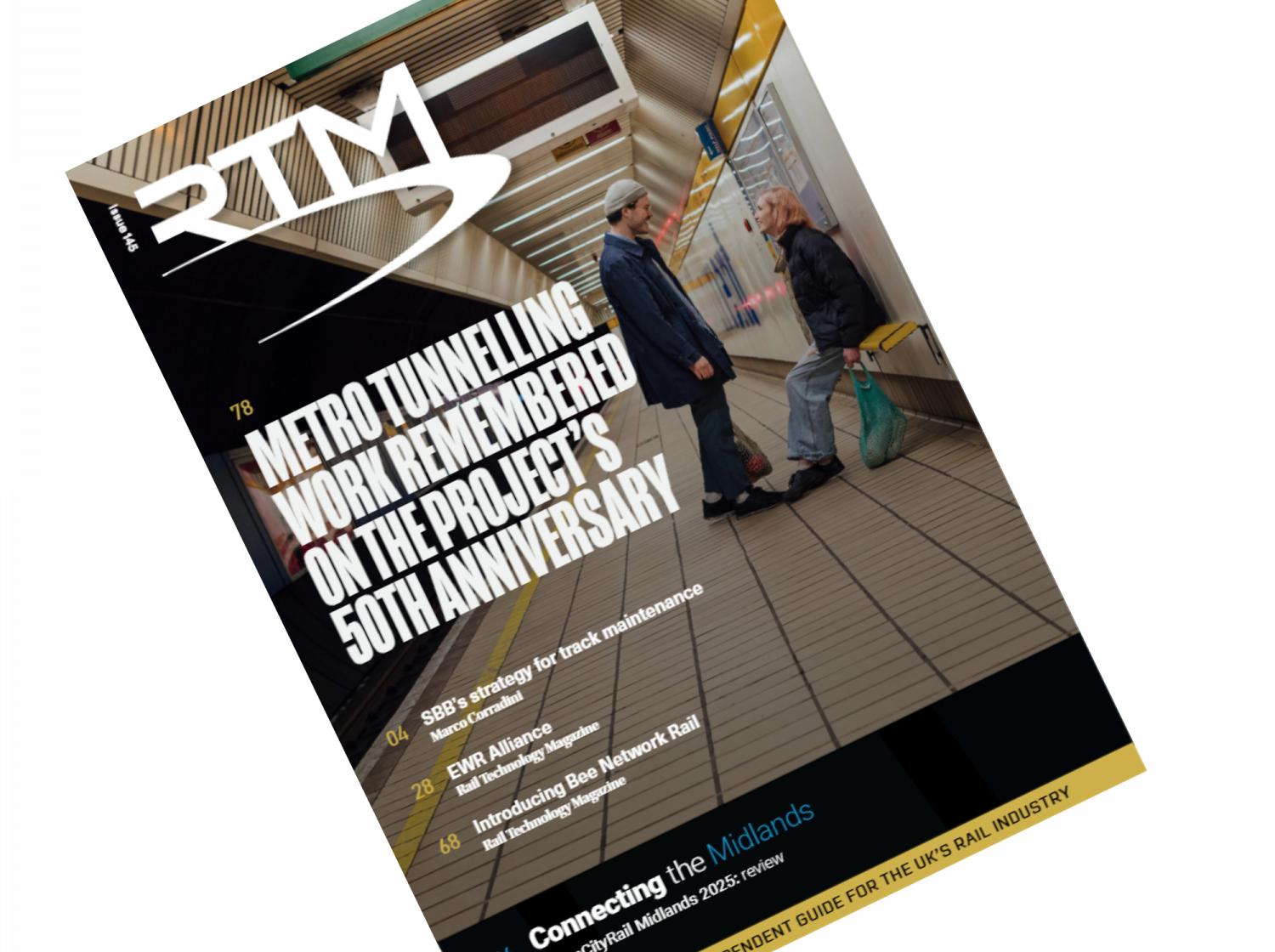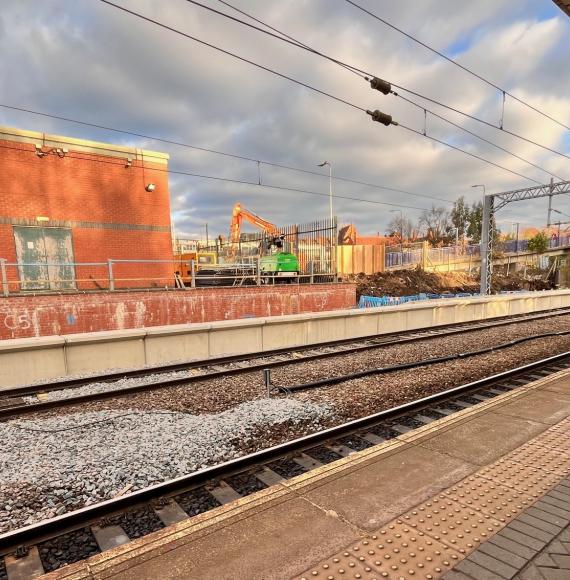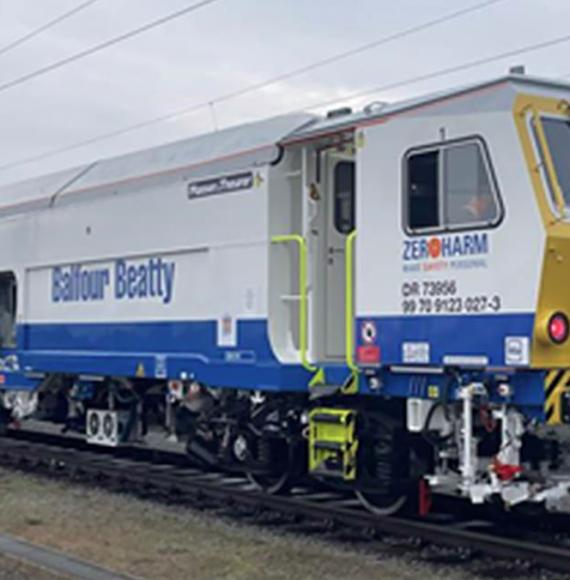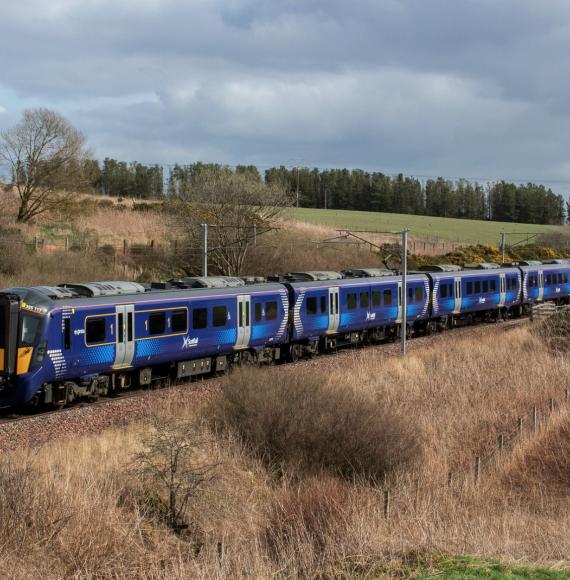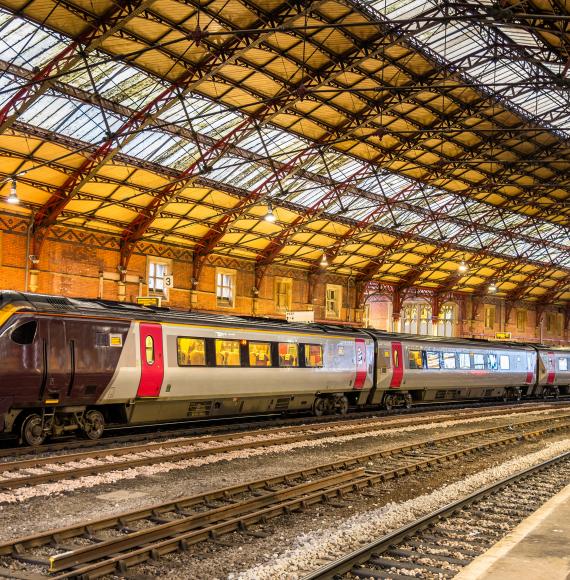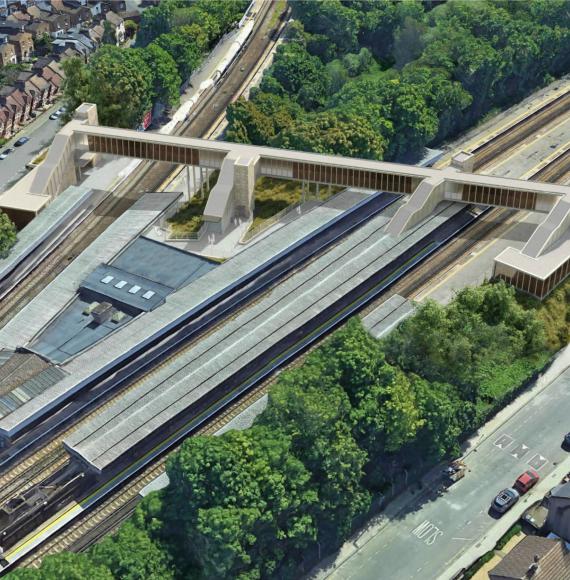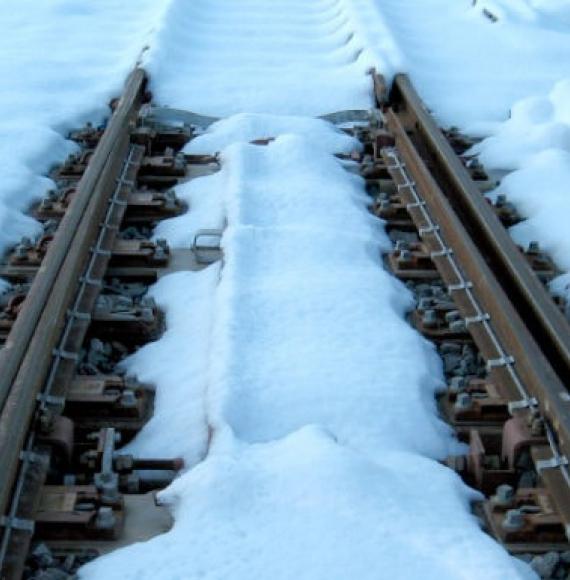One of the country’s most iconic and treasured railway structures, the Ribblehead viaduct, has been receiving restoration work from specialists for some time now.
Today, (15 Feb) Network Rail has published progress pictures of work taking place as part of a £2.1m investment into Ribblehead viaduct.
Stone blockwork and drainage is being upgrades on the historic structure, which carries the picturesque Settle to Carlisle railway 400 metres across the Ribble valley in Yorkshire.

Intricate laser and drone surveys have mapped every inch of the Grade II listed viaduct for the first time, and vast scaffolding towers have been constructed for the repairs to take place.
This has allowed for closer inspection of the 144-year-old railway link’s condition. While the expected repairs have been continuing well, further minor faults in the stonework have been found which need fixing.
Some of the blockwork on the viaduct’s supports is cracked. When water gets inside and freezes in cold weather it turns to ice and expands, making the damage worse.

Plans have been submitted to the Yorkshire Dales National Park Authority to carry out the extra repairs to the newly found cracks as soon as possible as part of this same project.
Marc Vipham, Route Asset Manager for Structures at Network Rail, said: “Being up close restoring Ribblehead viaduct for several months now, we have found deeper issues that need attention to protect this amazing feat of Victorian engineering for the future.
“As with any heritage project of this kind, when plans need to change it is standard procedure to submit further planning applications to adapt our work. Carrying out these extra repairs now, when the experts are in place and the scaffolding is already up, will save a huge amount of taxpayers’ money and stop us from needing to come back all over again.
“We’re continuing to work closely with heritage experts and conservationists at the Yorkshire Dales National Park Authority so we’re all on the same page as to how we can best restore this much-loved structure for generations to come.”
Images: Network Rail



